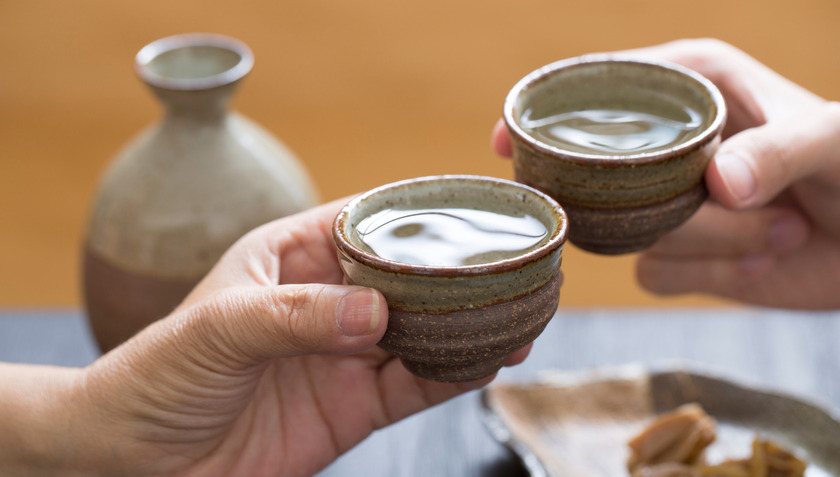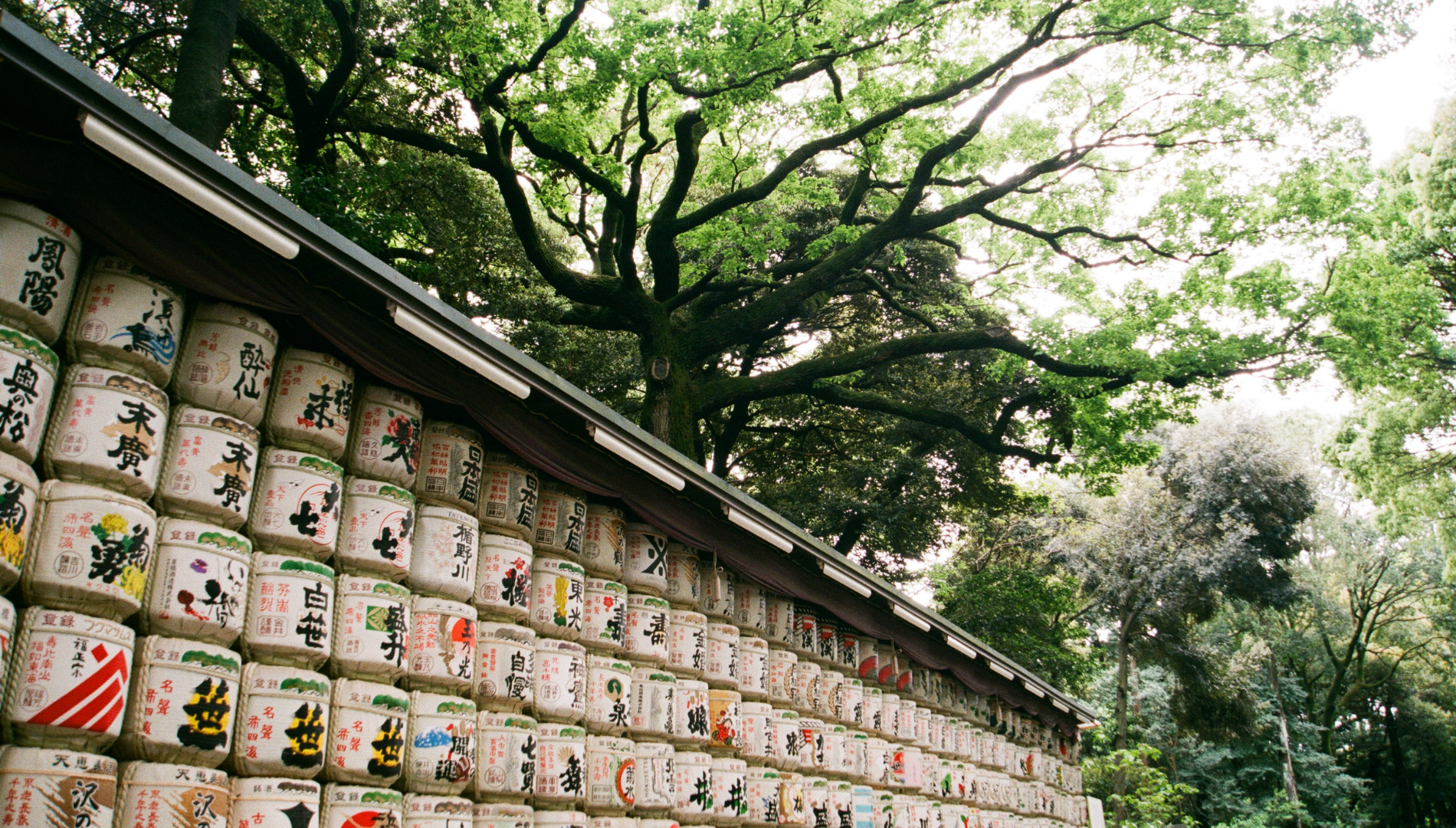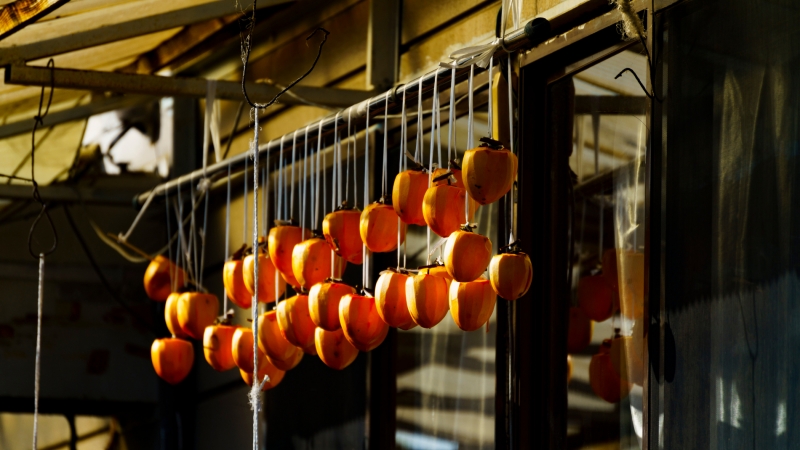The UNESCO recognition of Japanese sake as an intangible cultural heritage will be an important milestone, not only for the sake industry but also for Japanese culture in general. Besides its material values, sake also carries a profound spiritual value, closely associated with Japanese rituals, festivals and customs.
If recognized, sake will stand shoulder to shoulder with other world-famous culinary cultural symbols such as Georgian wine, Belgian beer, or Cuban rum, contributing to promoting the image of the land of the rising sun to international friends.

UNESCO is considering recognizing Japan's sake brewing technique as an intangible cultural heritage.
The art of Japanese sake brewing is a unique cultural heritage, considered to be the only one in the world, and no other country can imitate it. From the selection of rice and koji mushrooms to the fermentation and brewing process, each step is carried out meticulously and delicately, bearing the mark of the Japanese. The harmonious combination of tradition and modernity, science and art has created diverse and sophisticated sake flavors that cannot be found in any other rice wine in the world.
The Japanese possess a unique and exclusive recipe and technique for making Sake, unaffected by the culture, economy, or politics of any other country. With basic ingredients such as Japanese rice, Koji yeast, yeast, and water, to achieve the best results, Nihonshu must go through many elaborate stages by the talented hands of experienced masters in distilling alcohol.

Sake is considered a traditional wine of the cherry blossom country and has become a typical cultural feature of Japan.
In the Japanese Sake production industry, the entire process is carried out extremely strictly, from the stage of selecting rice varieties to the brewing stage, which takes 6 - 12 weeks and is divided into 8 stages.
Koji cultivation technique is considered the key to creating the difference in the flavor of traditional Japanese sake. In addition, sake also uses the rare "parallel multiple fermentation" method in the world so that Koji can convert the starch in the raw material into sugar, then ferment to convert into alcohol.

Sake has been drunk in Japan since ancient times, but modern sake brewing techniques were developed in the 14th century by monks at temples near Nara, Kyoto and Osaka.
Sake is an indispensable product in traditional Japanese ceremonies and festivals as well as in daily culinary life in the Land of the Rising Sun, and is increasingly popular in the world with exports to 75 countries/territories.
According to data from the Japanese Ministry of Finance, Japan's sake exports in 2023 will reach 41.1 billion yen (about more than 270 million USD), down slightly from 2022 but still 1.7 times higher than in 2020. The United States is the largest importer of sake with about 6,500 liters, followed by China and South Korea.
In 2021, the Japanese government recognized the traditional sake brewing technique as a national intangible cultural heritage and submitted a proposal to UNESCO a year later. According to the plan, the UNESCO Intergovernmental Committee will meet in Asuncion, the capital of Paraguay, from December 2-7. If recognized by UNESCO, sake brewing technique will become the world's 23rd intangible cultural heritage.



































